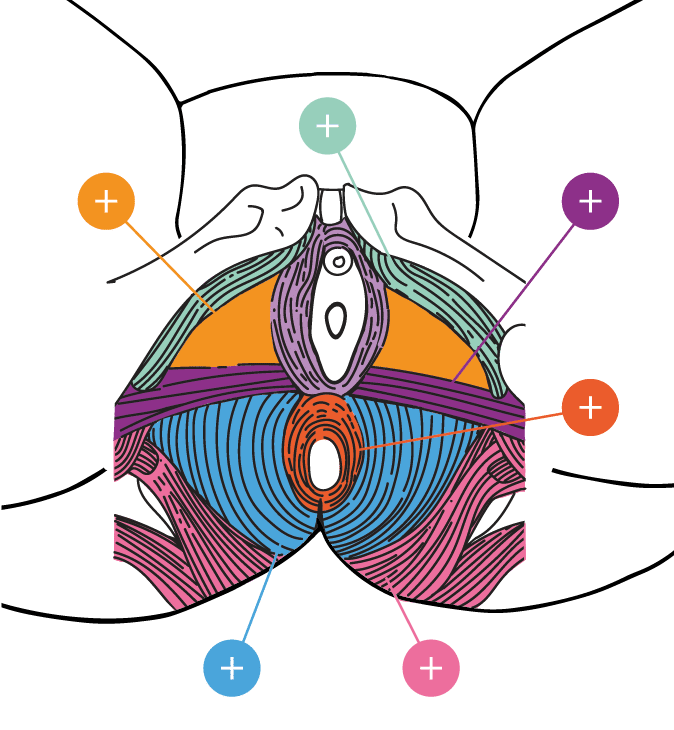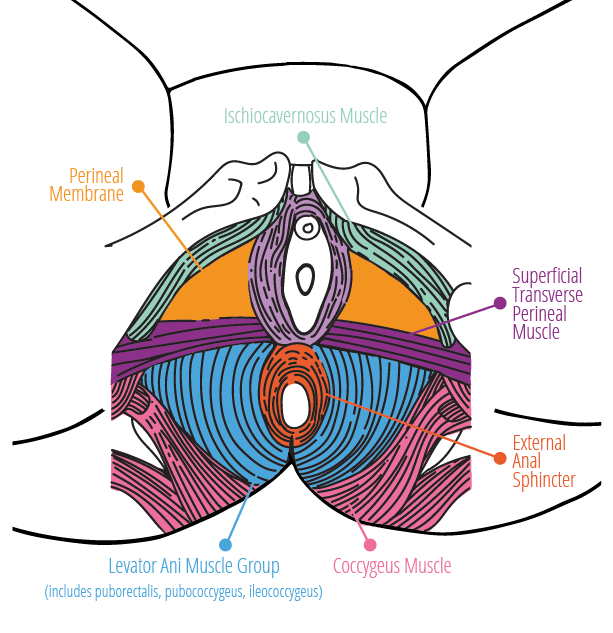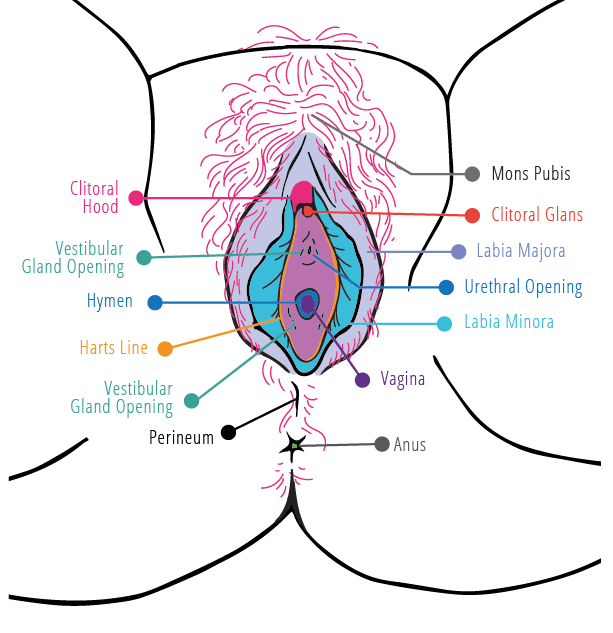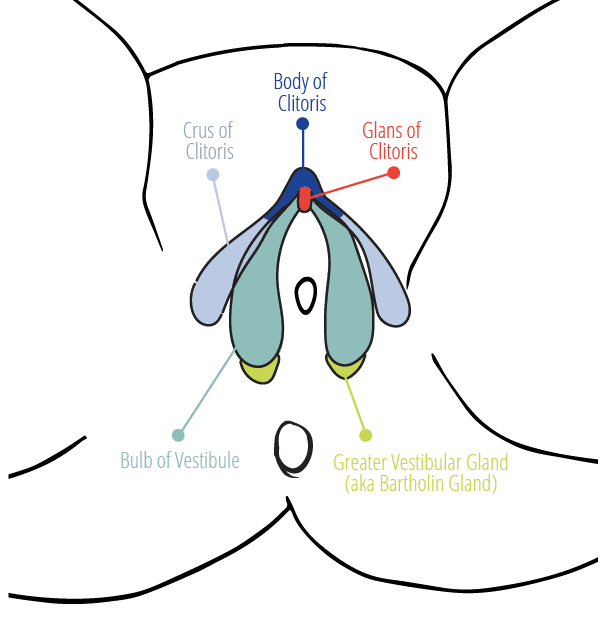Pelvic Floor Muscles

Levator Ani Muscle Group
(includes puborectalis, pubococcygeus, ileococcygeus)
Pelvic floor muscles that support your organs, helping to maintain bladder, bowel, and sexual function.
Ischiocavernosus Muscle
Pelvic muscles that support hip movement and stabilize the pelvis.





